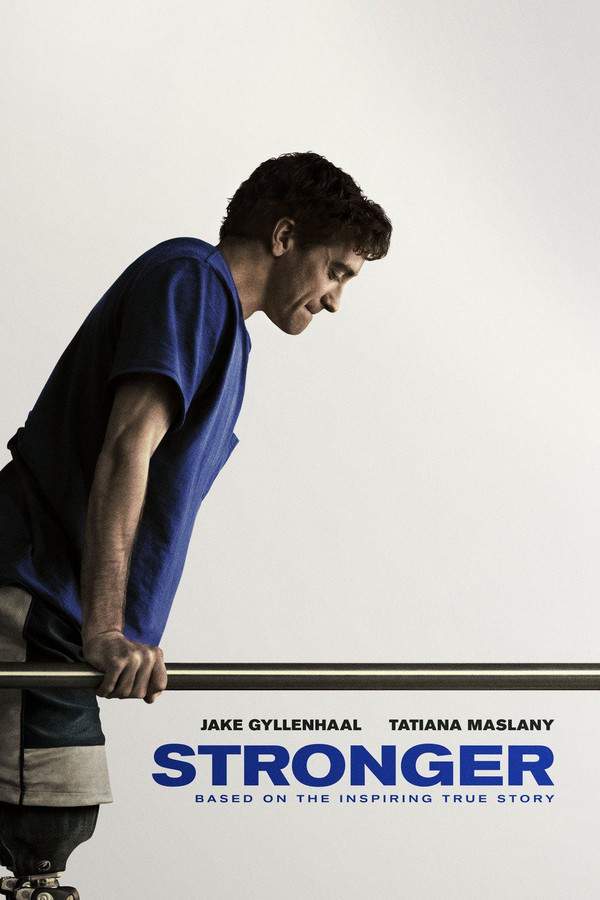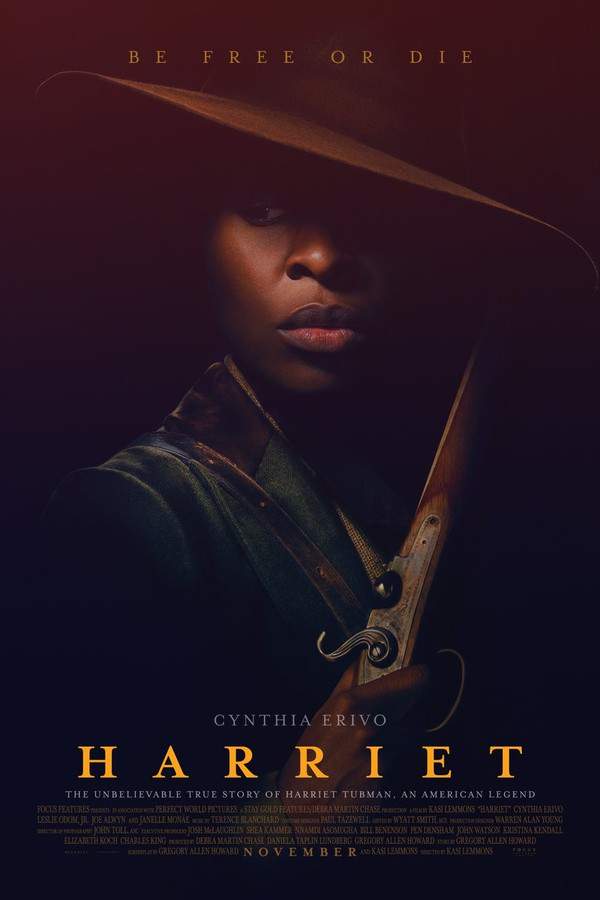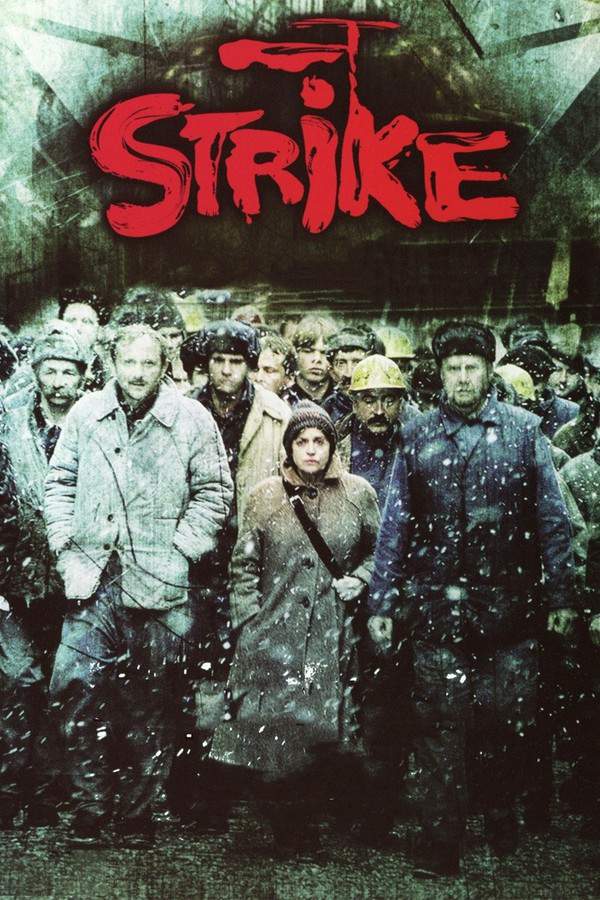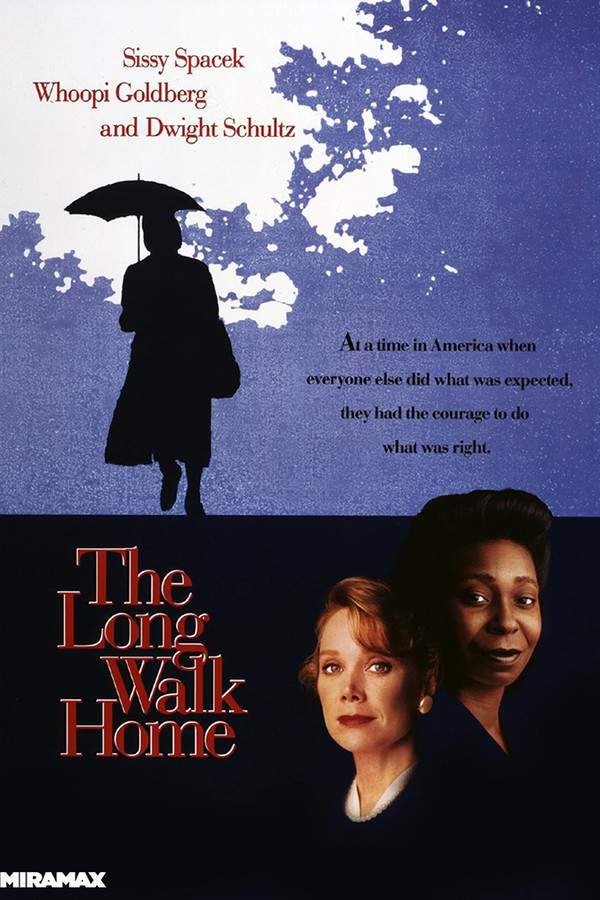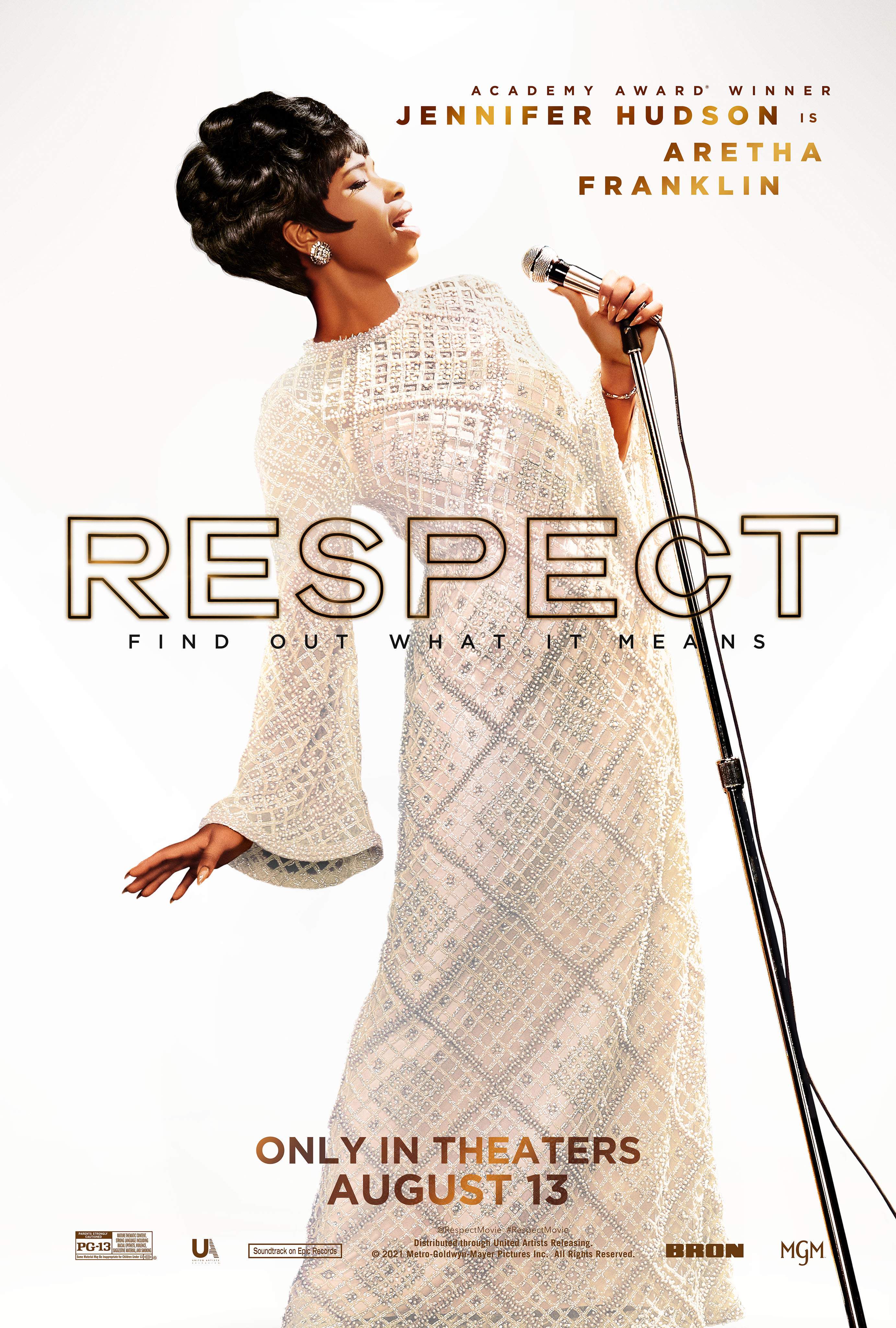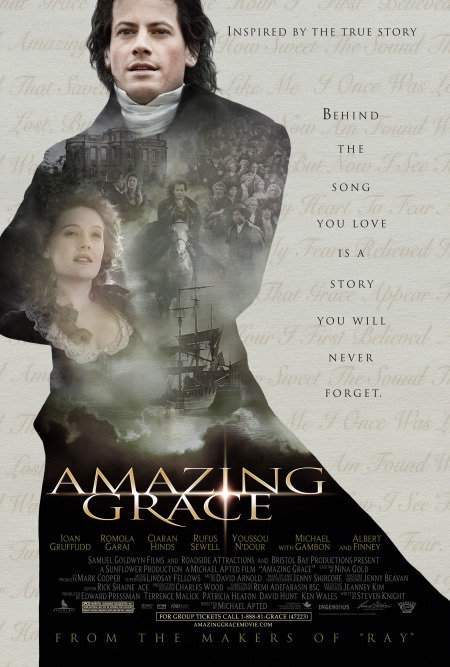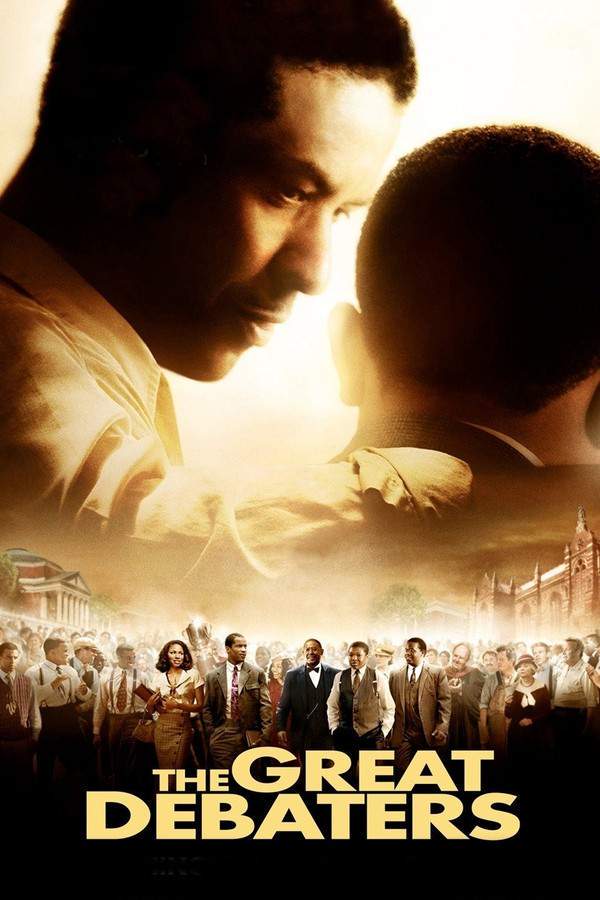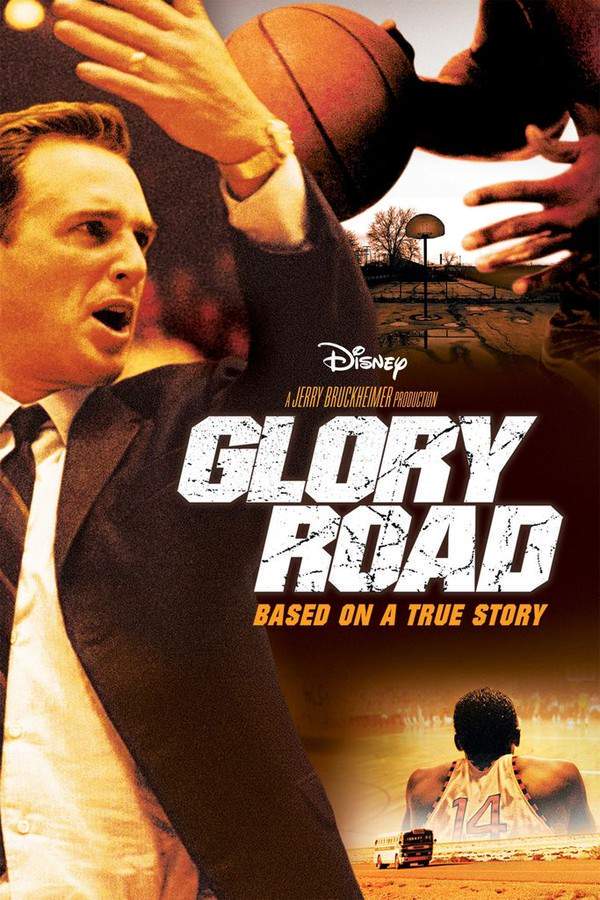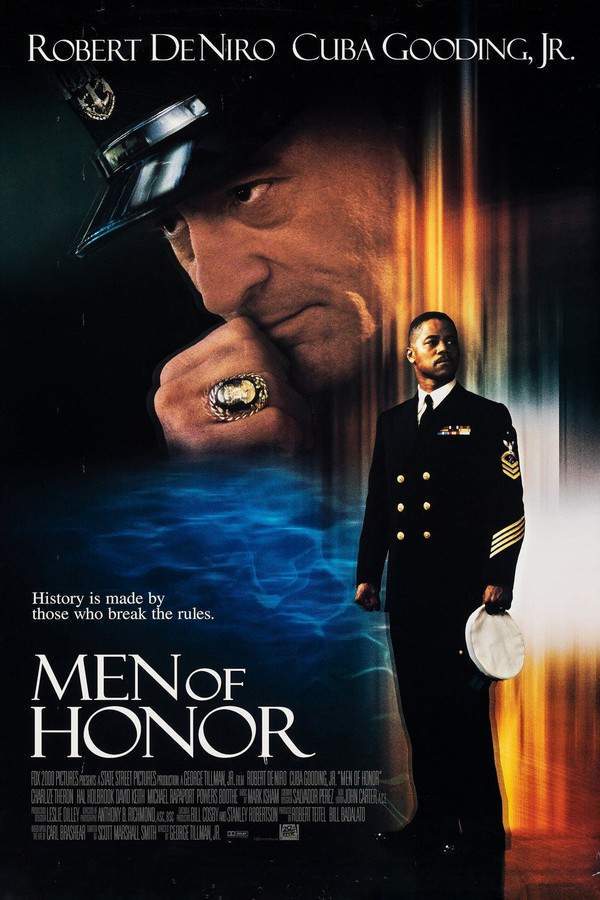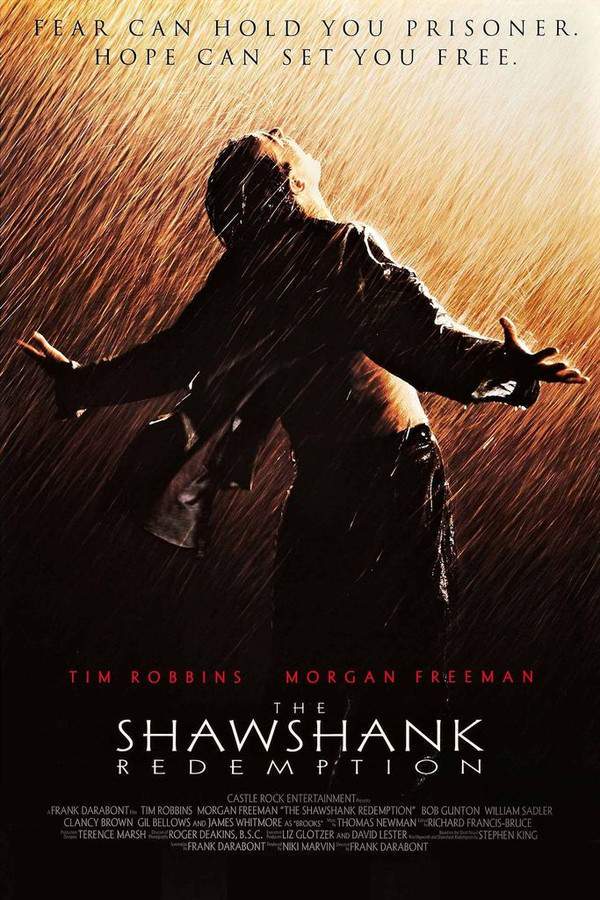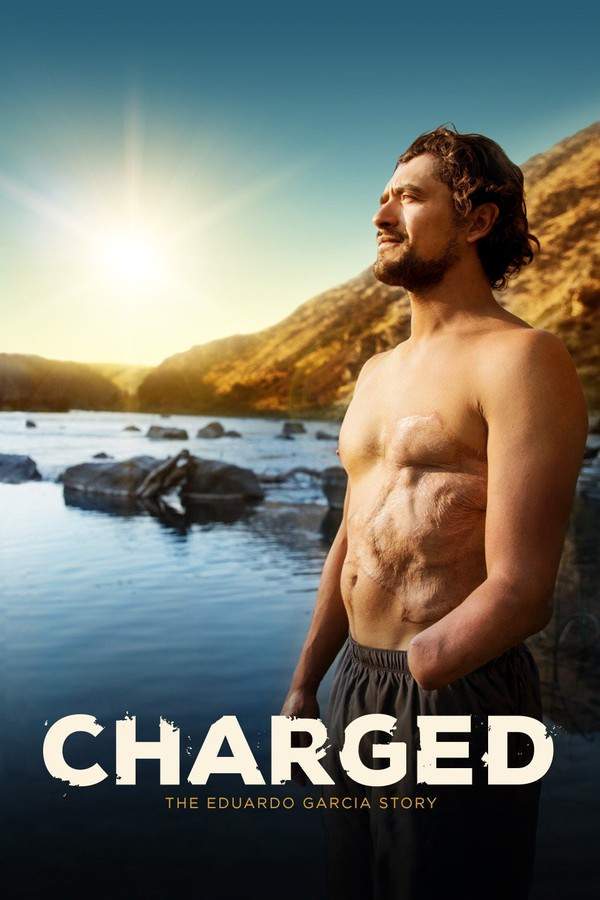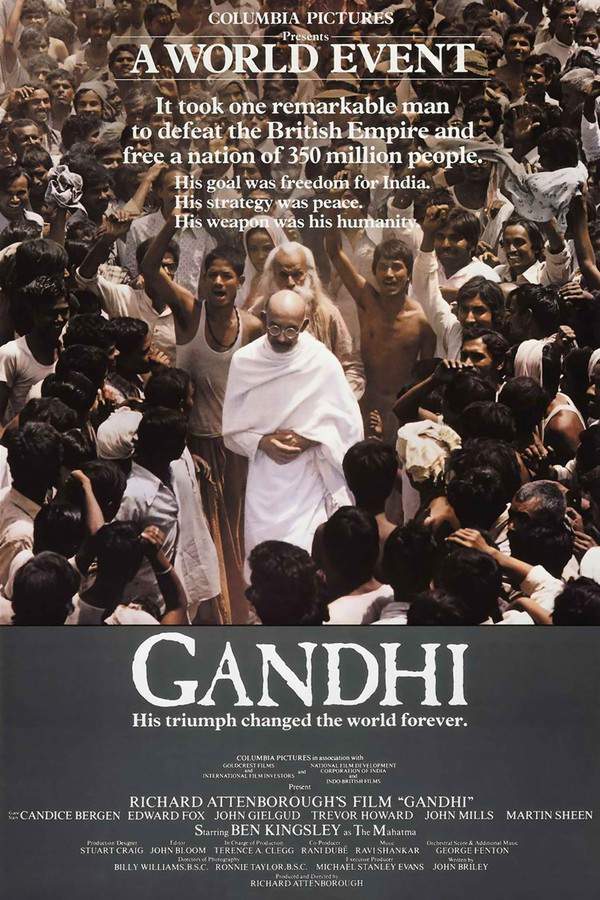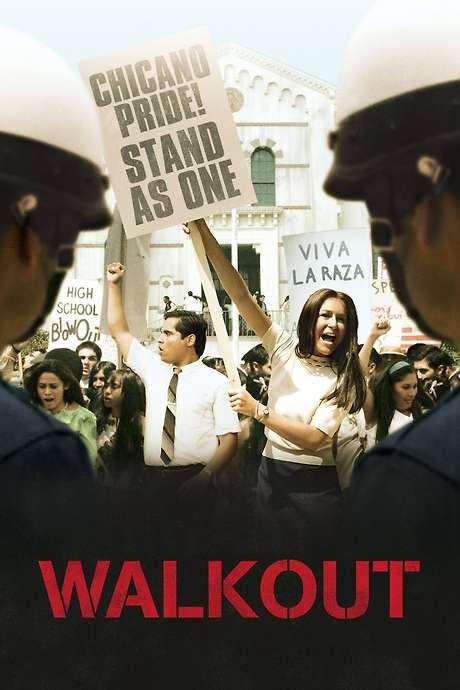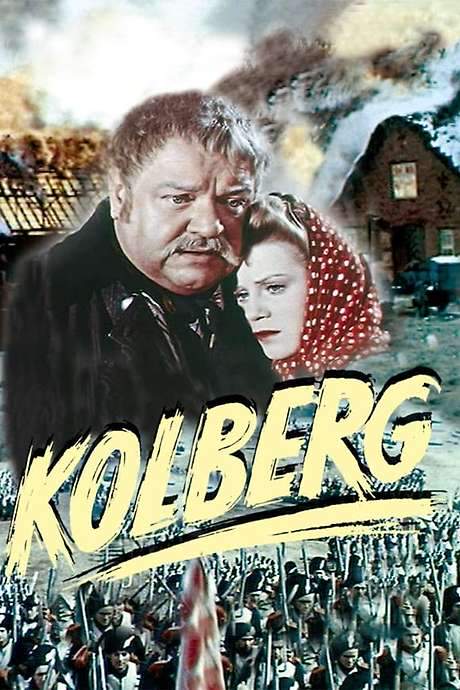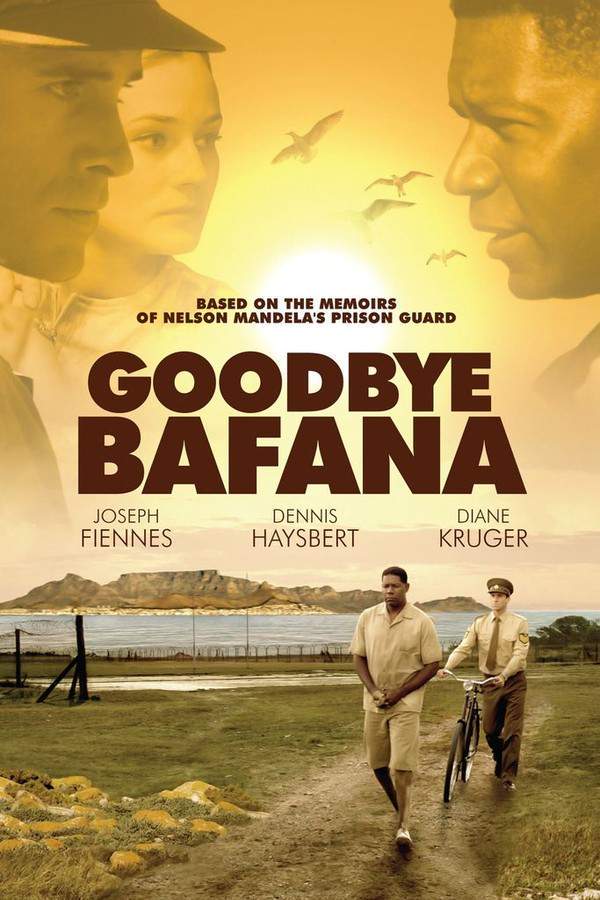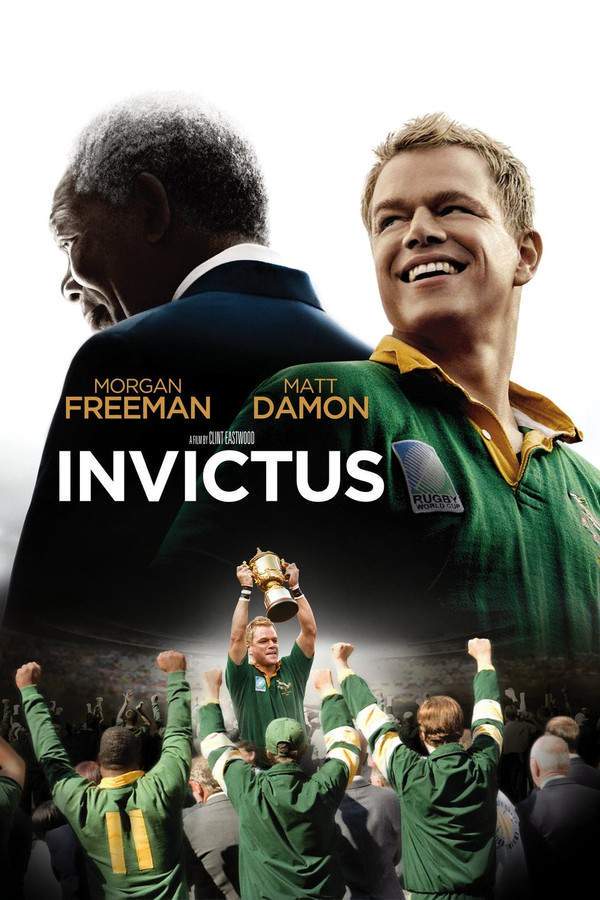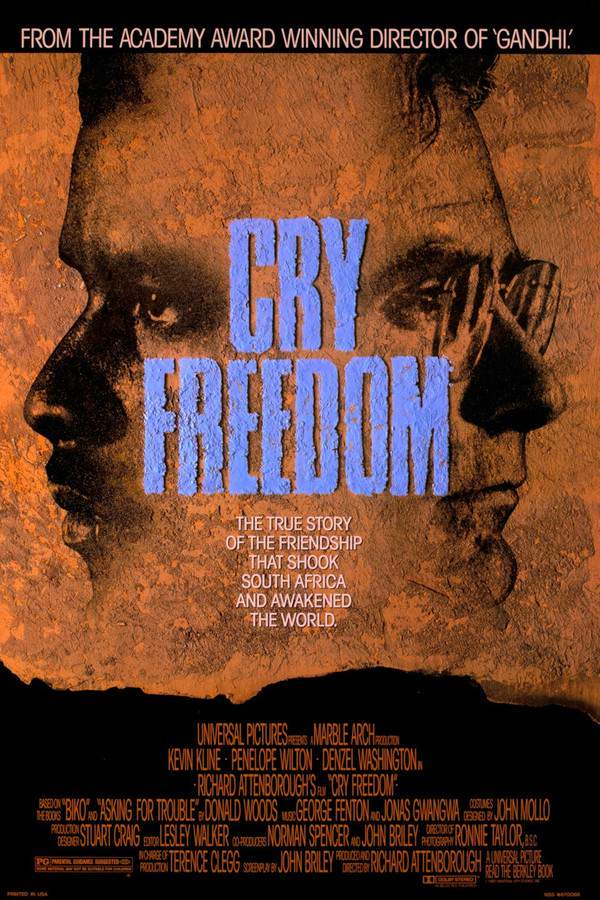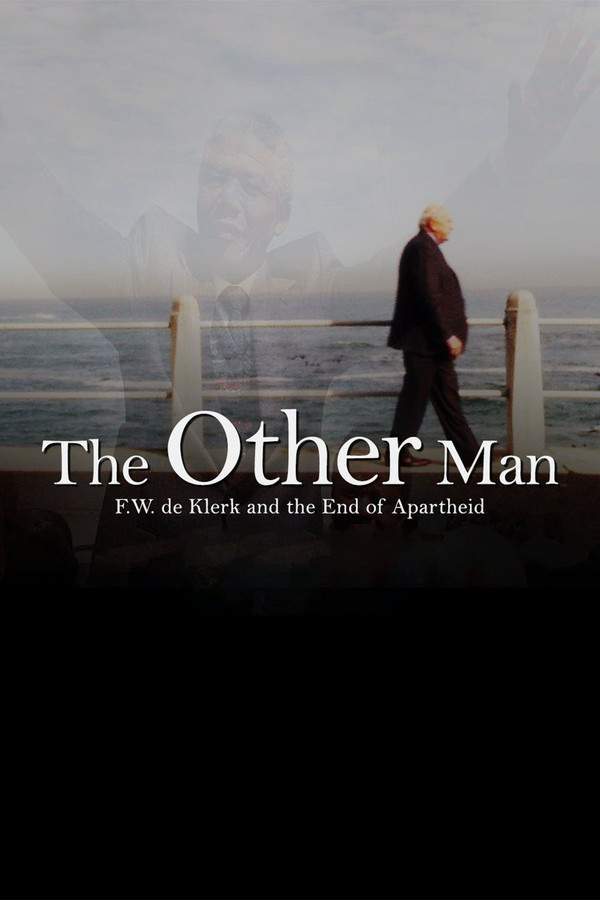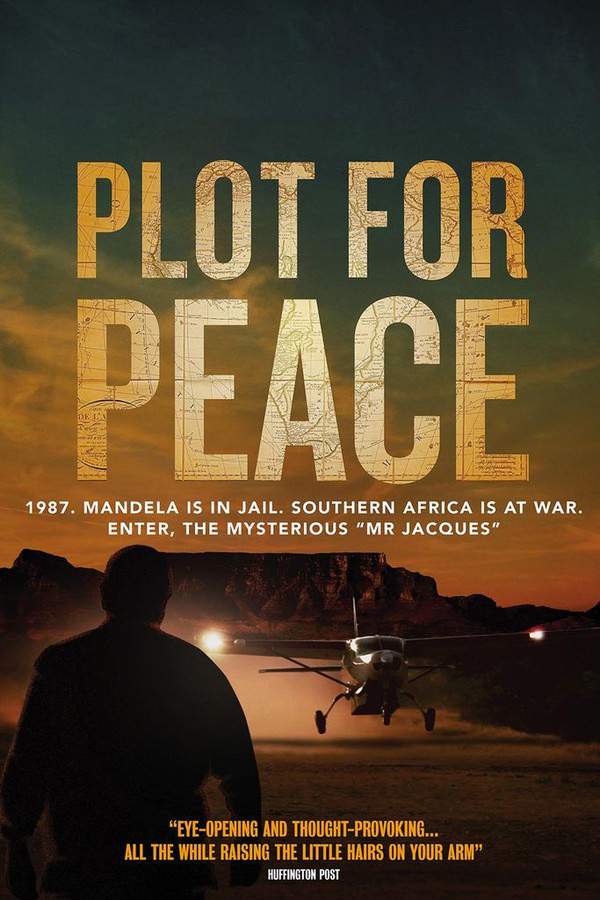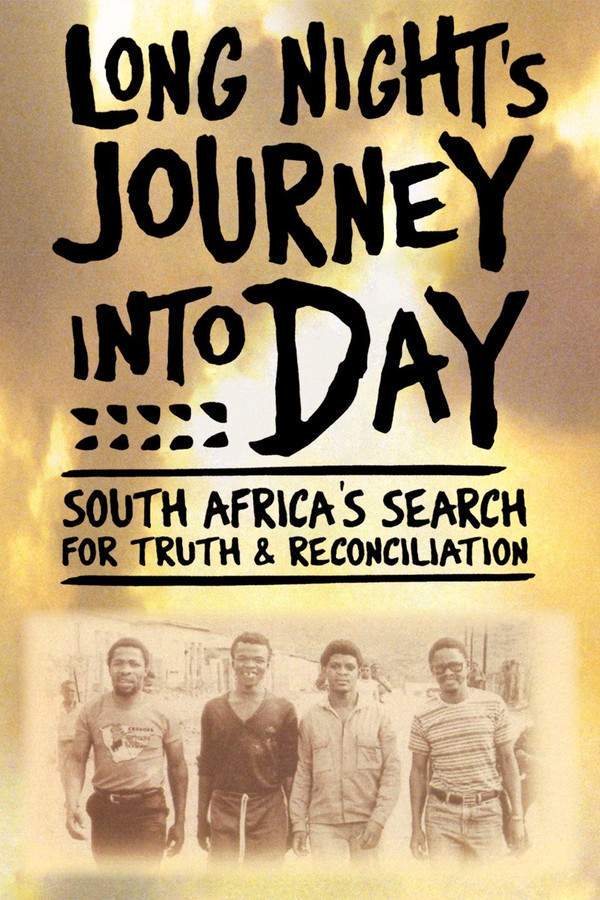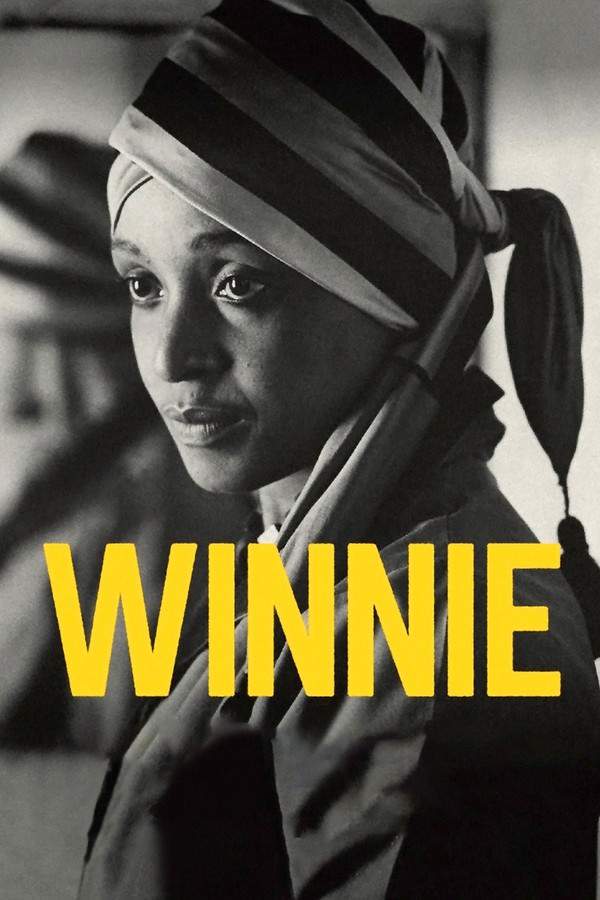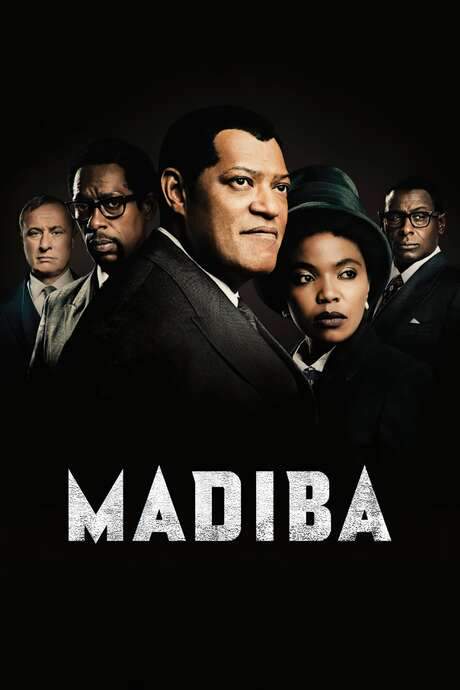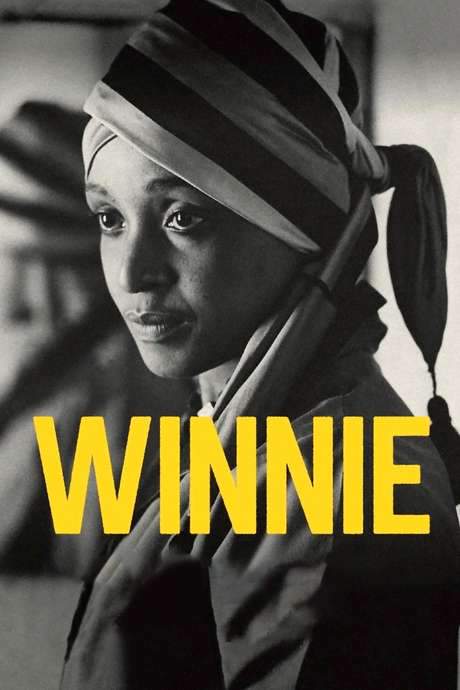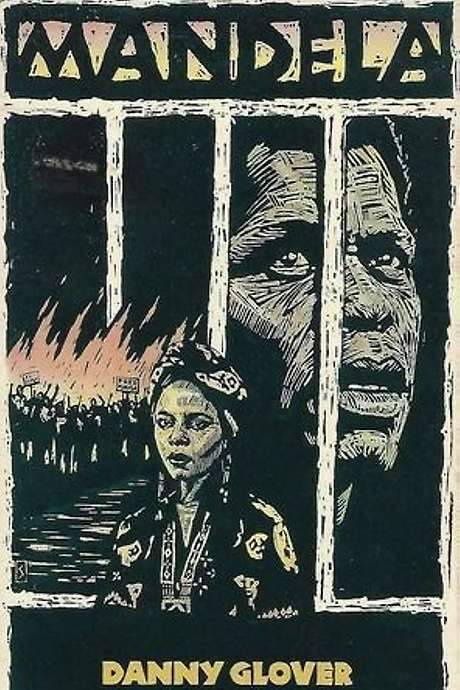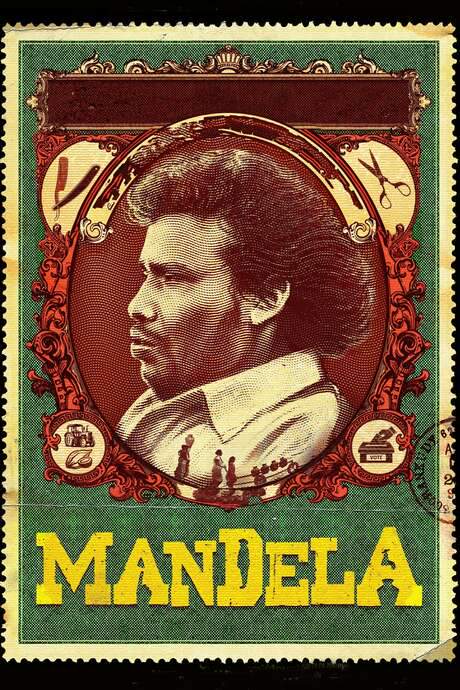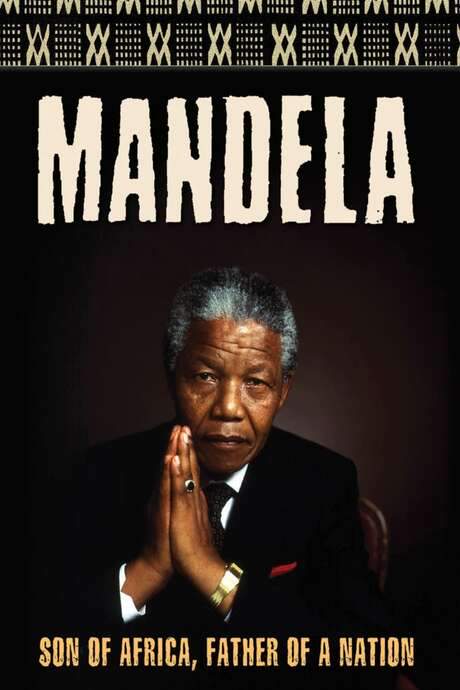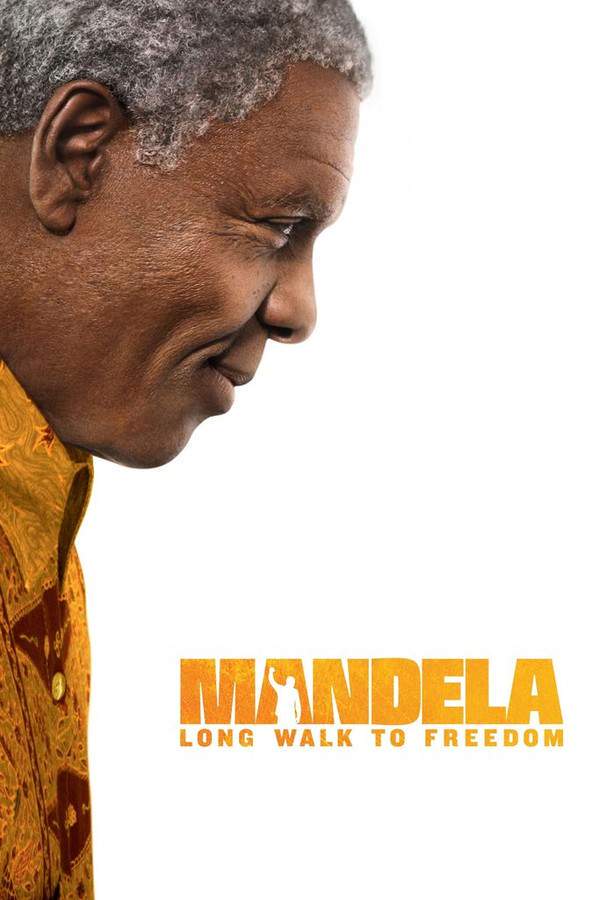
Mandela: Long Walk to Freedom
Year: 2013
Runtime: 141 min
Language: English
Director: Justin Chadwick
Growing up in rural South Africa, Nelson Mandela's life took a transformative turn as he joined the fight against apartheid. Rising to prominence within the African National Congress Youth League, he became a symbol of hope and resistance, leading to his imprisonment for 26 years on Robben Island. Despite enduring harsh conditions, his resolve remained unbroken, and in 1994, his unwavering spirit ultimately led to his release and the dawn of a new, democratic era for his nation as its first president.
Warning: spoilers below!
Haven’t seen Mandela: Long Walk to Freedom yet? This summary contains major spoilers. Bookmark the page, watch the movie, and come back for the full breakdown. If you're ready, scroll on and relive the story!
Mandela: Long Walk to Freedom (2013) – Full Plot Summary & Ending Explained
Read the complete plot breakdown of Mandela: Long Walk to Freedom (2013), including all key story events, major twists, and the ending explained in detail. Discover what really happened—and what it all means.
Based on the autobiography of South African President Nelson Mandela, portrayed by Idris Elba, this film chronicles his remarkable journey from humble beginnings to becoming a pivotal figure in the fight against apartheid. Born into a middle-class Xhosa family, Mandela undergoes a traditional coming-of-age ceremony and later studies law, becoming a barrister in Johannesburg in 1942. In a society rife with racial injustice, he takes on cases aimed at defending innocent native Africans wrongfully accused by a biased judicial system. His anger escalates when a close friend dies in police custody, bringing to light the brutal realities faced by his community.
Mandela’s wife, Evelyn Mase, pushes him into politics, motivating him to elevate the struggle for equality. Engaging with the African National Congress (ANC) under the mentorship of Walter Sisulu, Mandela becomes a beacon of hope for native Africans. As the government implements stricter segregation policies in 1948, Mandela’s personal life becomes tumultuous, marked by infidelity and domestic strife that ultimately leads to Evelyn leaving him.
In retaliation to the oppressive laws, Mandela joins the ANC and spearheads numerous demonstrations, openly defying segregation by courting arrest. During this politically charged period, he meets Winnie Madikizela, a dedicated social worker. Their whirlwind romance culminates in marriage, further intertwining his personal and political life.
The racial climate deteriorates, reaching a boiling point in 1960 when police violently suppress a peaceful protest, killing over a hundred unarmed civilians. This tragic event galvanizes Mandela to form the ANC’s armed wing, resulting in him going underground to evade capture. As he navigates this perilous life on the run, Mandela learns to craft explosives, initiating a series of strategic attacks against government facilities. The inevitable arrest follows, leading to a life sentence on Robben Island in 1963, where he suffers inhumane conditions and ongoing harassment from guards.
While Mandela endures a grueling imprisonment, the nation rises against the apartheid regime—riots erupt, and protests become commonplace. News of these uprisings reaches Mandela, receiving support from new inmates at Robben Island. By 1981, pressure mounts on the apartheid government, which begins secret negotiations with Mandela, despite dissent from other ANC members who feel excluded from the process.
Upon turning 70, Mandela is placed under house arrest, allowing for family visits, as he adopts a more moderate approach, advocating for a peaceful transition of power. However, this stance strains his relationship with Winnie, who remains deeply affected by the violence perpetuated against their community.
Finally, after decades of struggle, on February 11, 1990, Mandela is released. Returning to Johannesburg, he faces the complexities of leading a country longing for peace while grappling with internal opposition from both the ANC and his estranged wife, who continues to fight for justice. Public calls for calm become his message as he encourages the people to choose dialogue over conflict. Ultimately, on February 27, 1994, the ANC achieves a historic victory, marked by South Africa’s first democratic elections, celebrating the end of apartheid and the beginning of a new era for the nation.
Last Updated: November 03, 2024 at 12:19
Explore Movie Threads
Discover curated groups of movies connected by mood, themes, and story style. Browse collections built around emotion, atmosphere, and narrative focus to easily find films that match what you feel like watching right now.
Triumphant Biographies Like Mandela: Long Walk to Freedom
True stories of resilient individuals who overcome immense state-sanctioned cruelty.Explore movies like Mandela: Long Walk to Freedom that depict true stories of resilience against systemic oppression. If you were inspired by the journey from imprisonment to triumph, you'll find similar powerful biographical dramas here. These films share a heavy emotional weight, a steady pace spanning decades, and an ultimately hopeful resolution.
Narrative Summary
The narrative follows a linear biographical arc, chronicling the subject's rise as a symbol of resistance, their profound suffering and sacrifice at the hands of an oppressive regime, and their eventual, hard-won victory that brings about significant social or political change.
Why These Movies?
Movies in this thread are grouped by their shared core: a true-story protagonist, a high-stakes struggle against institutional evil, a heavy emotional journey marked by sacrifice, and a cathartic, hopeful ending. They balance intense depictions of injustice with an uplifting arc of human resilience.
Heavy Dramas of Resistance Like Mandela: Long Walk to Freedom
Stories where the fight for freedom comes at a profound personal cost.Find films similar to Mandela: Long Walk to Freedom that explore the heavy emotional cost of political resistance. If you appreciated the tense, oppressive atmosphere and themes of personal sacrifice for a greater cause, this collection is for you. These movies share high intensity, dramatic tension, and a focus on the human side of historical struggles.
Narrative Summary
The narrative centers on a protracted conflict between a marginalized group and a powerful oppressor. It delves into the strategies of resistance, the constant threat of violence, the psychological and physical toll on characters, and the high-stakes moral choices that define their journey, often culminating in a victory that feels earned through immense suffering.
Why These Movies?
These films are connected by their intense, oppressive atmosphere, their focus on the mechanics and human cost of resistance, and their ability to balance somber, tense scenes with a underlying current of hope. They are characterized by high emotional weight and dramatic tension.
Unlock the Full Story of Mandela: Long Walk to Freedom
Don't stop at just watching — explore Mandela: Long Walk to Freedom in full detail. From the complete plot summary and scene-by-scene timeline to character breakdowns, thematic analysis, and a deep dive into the ending — every page helps you truly understand what Mandela: Long Walk to Freedom is all about. Plus, discover what's next after the movie.
Mandela: Long Walk to Freedom Timeline
Track the full timeline of Mandela: Long Walk to Freedom with every major event arranged chronologically. Perfect for decoding non-linear storytelling, flashbacks, or parallel narratives with a clear scene-by-scene breakdown.

Characters, Settings & Themes in Mandela: Long Walk to Freedom
Discover the characters, locations, and core themes that shape Mandela: Long Walk to Freedom. Get insights into symbolic elements, setting significance, and deeper narrative meaning — ideal for thematic analysis and movie breakdowns.

Mandela: Long Walk to Freedom Spoiler-Free Summary
Get a quick, spoiler-free overview of Mandela: Long Walk to Freedom that covers the main plot points and key details without revealing any major twists or spoilers. Perfect for those who want to know what to expect before diving in.

More About Mandela: Long Walk to Freedom
Visit What's After the Movie to explore more about Mandela: Long Walk to Freedom: box office results, cast and crew info, production details, post-credit scenes, and external links — all in one place for movie fans and researchers.

Similar Movies to Mandela: Long Walk to Freedom
Discover movies like Mandela: Long Walk to Freedom that share similar genres, themes, and storytelling elements. Whether you’re drawn to the atmosphere, character arcs, or plot structure, these curated recommendations will help you explore more films you’ll love.
Explore More About Movie Mandela: Long Walk to Freedom
Mandela: Long Walk to Freedom (2013) Scene-by-Scene Movie Timeline
Mandela: Long Walk to Freedom (2013) Movie Characters, Themes & Settings
Mandela: Long Walk to Freedom (2013) Spoiler-Free Summary & Key Flow
Movies Like Mandela: Long Walk to Freedom – Similar Titles You’ll Enjoy
Goodbye Bafana (2007) Full Movie Breakdown
Invictus (2009) Plot Summary & Ending Explained
Cry Freedom (1987) Full Movie Breakdown
The Other Man: F.W. de Klerk and the End of Apartheid (2015) Full Movie Breakdown
Plot for Peace (2014) Detailed Story Recap
Long Night's Journey Into Day (2001) Film Overview & Timeline
Winnie Mandela (2013) Full Summary & Key Details
Madiba (1000) Ending Explained & Film Insights
Winnie (2017) Full Summary & Key Details
Namibia: The Struggle for Liberation (2007) Film Overview & Timeline
Mandela (1987) Film Overview & Timeline
Mandela (2021) Full Movie Breakdown
Apartheid Did Not Die (1998) Complete Plot Breakdown
Mandela and de Klerk (1997) Story Summary & Characters
Mandela (1996) Ending Explained & Film Insights


